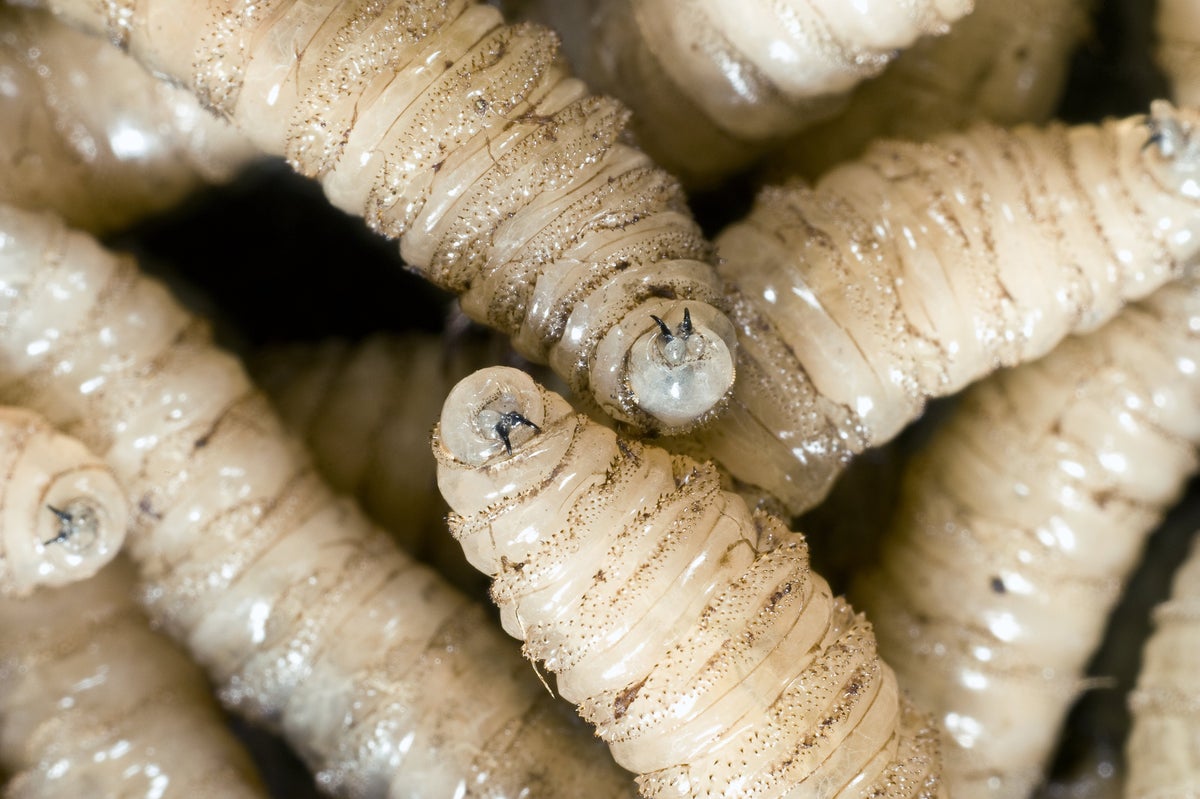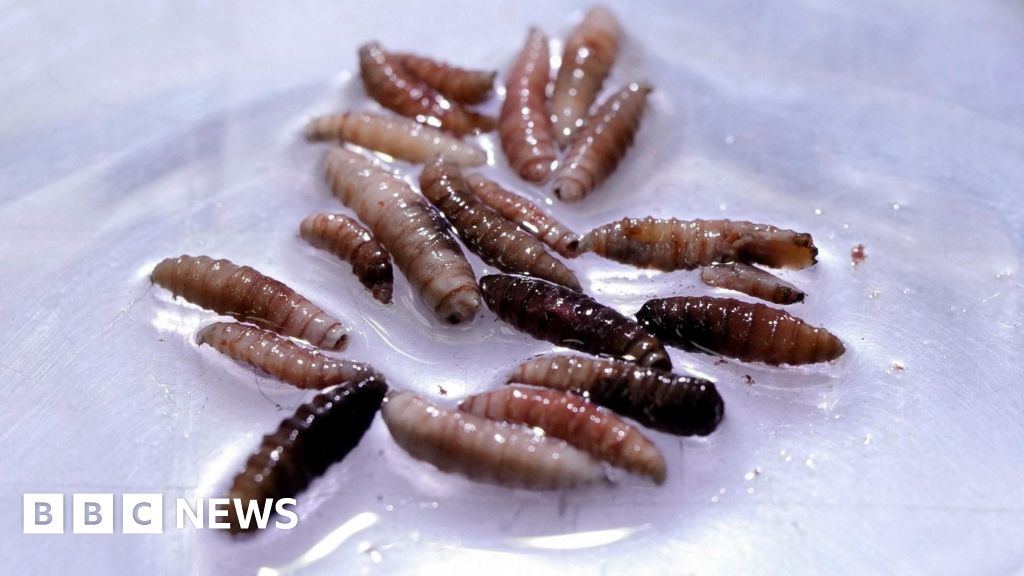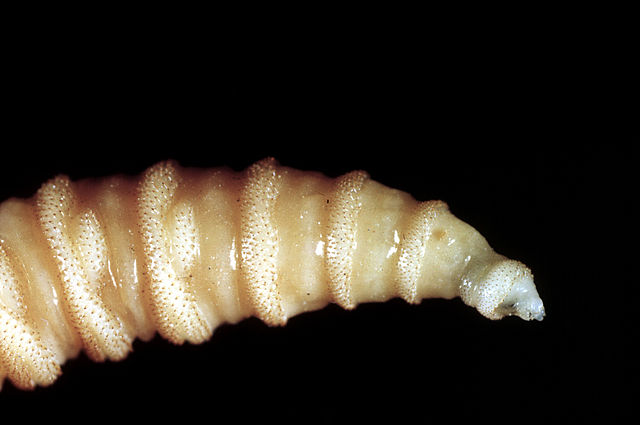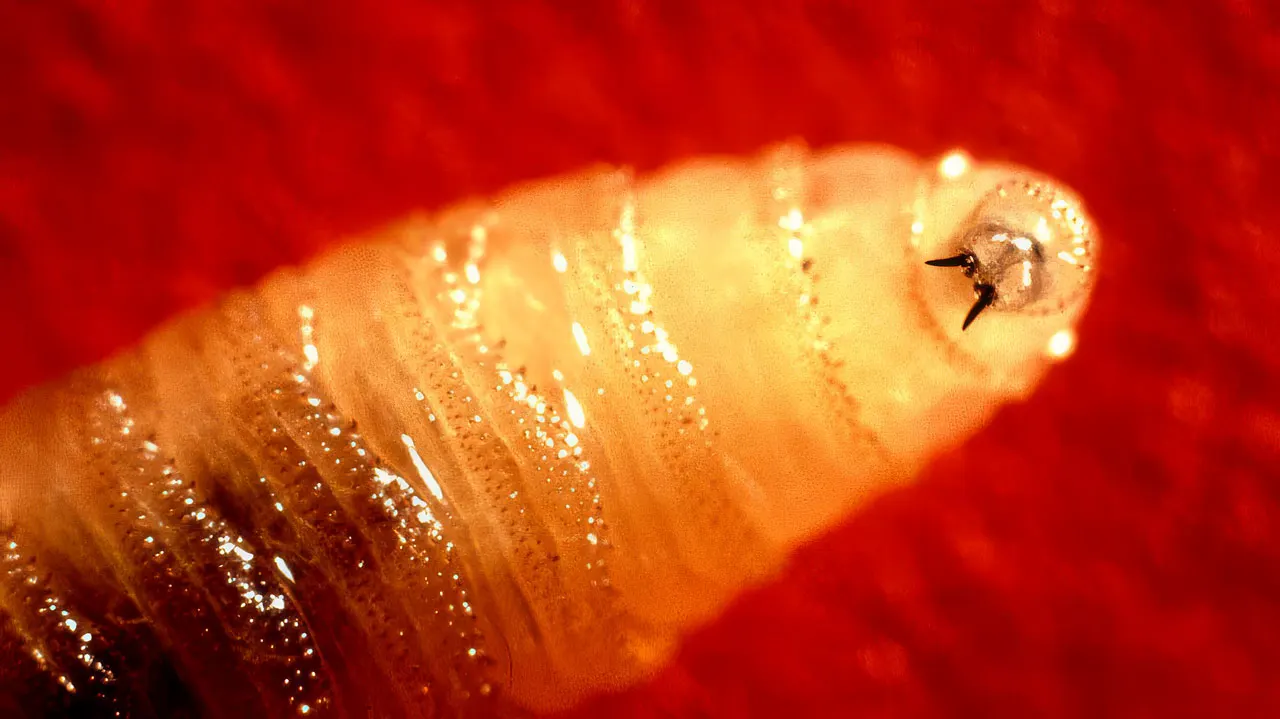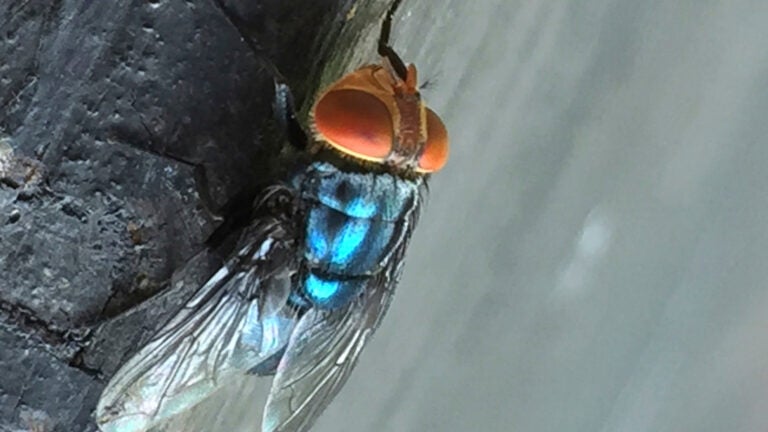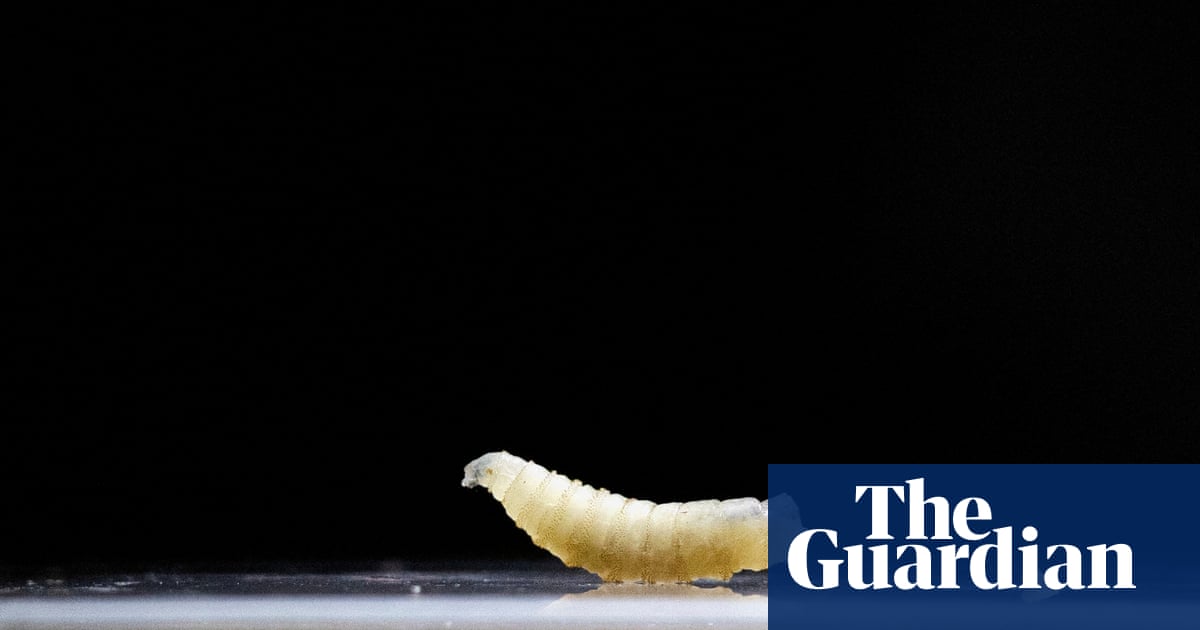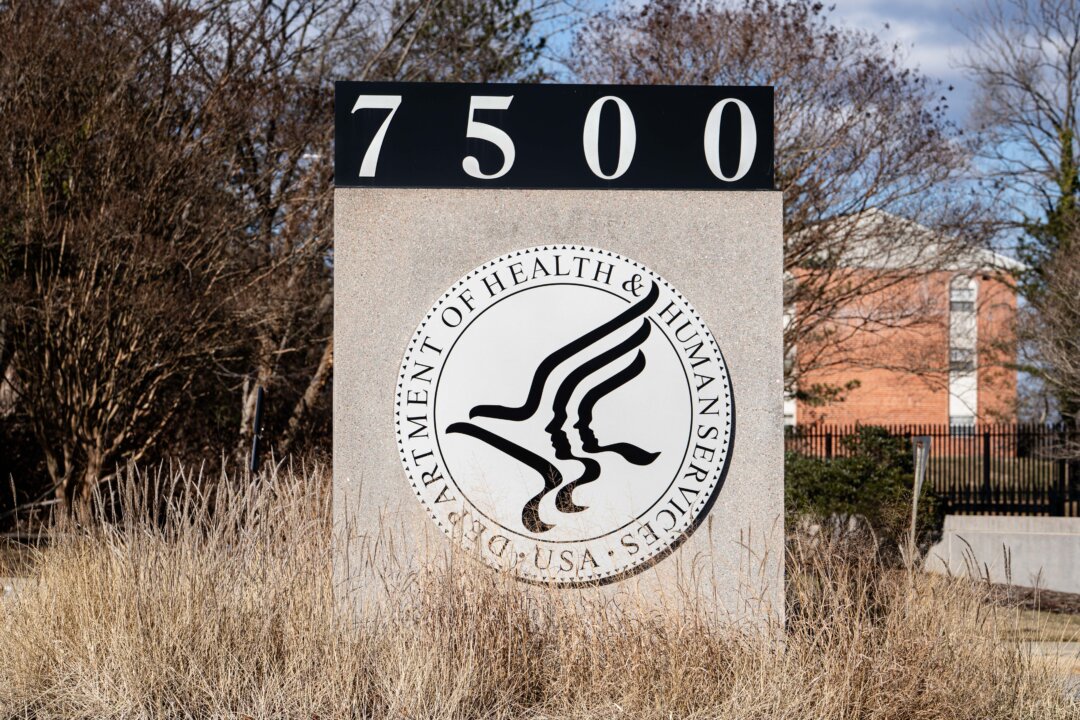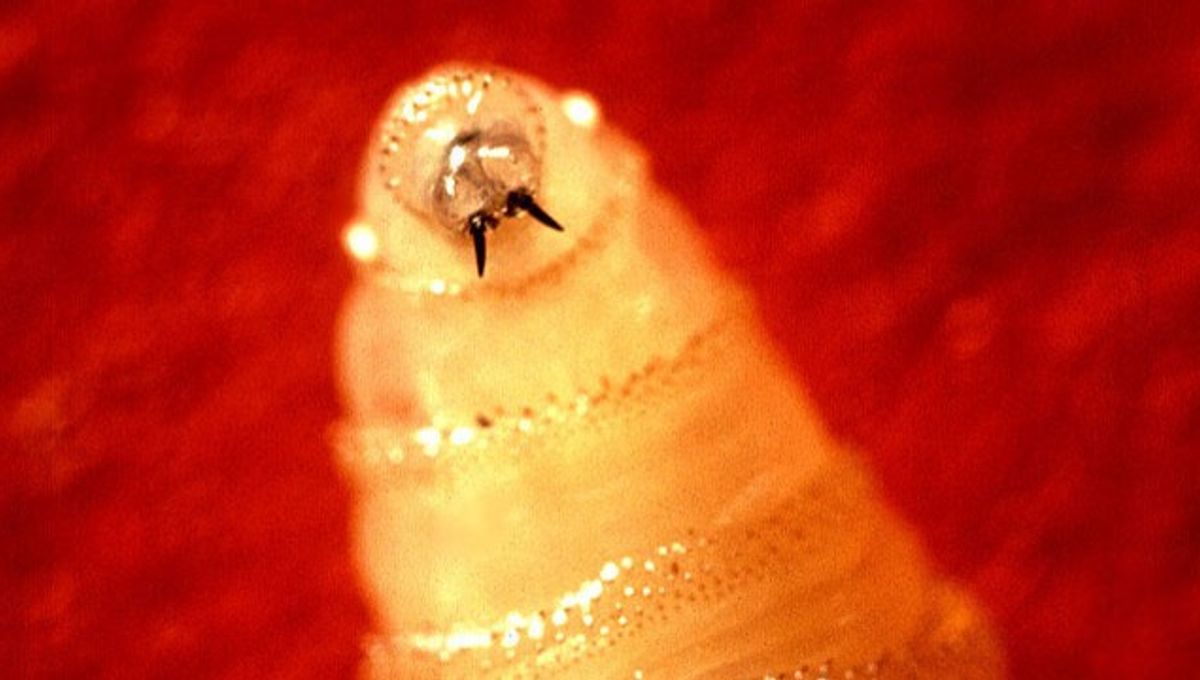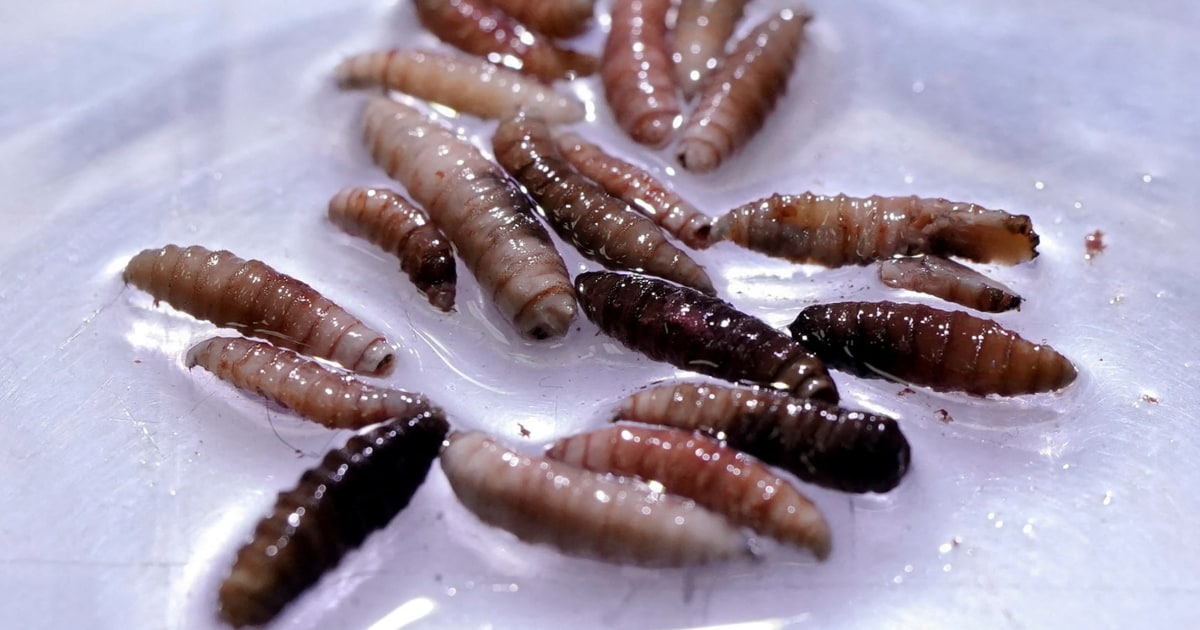First Human Case of Flesh-Eating Screwworm Confirmed in U.S., Raising Public Health and Agricultural Alarms
The first human case of the flesh-eating New World screwworm parasite was confirmed in the U.S. on August 4, sparking public health and agricultural concerns, with officials announcing a five-part combat plan.
Subscribe to unlock this story
We really don't like cutting you off, but you've reached your monthly limit. At just $5/month, subscriptions are how we keep this project going. Start your free 7-day trial today!
Get StartedHave an account? Sign in
Overview
- The first human case of the flesh-eating New World screwworm parasite was confirmed in the United States on August 4, raising significant public health concerns.
- Historically, this parasite devastated cattle herds in Central America and Mexico during the 1980s and 1990s, posing a severe threat to livestock and agriculture.
- After extensive eradication efforts, the screwworm has reappeared in the last two years, leading to its detection in the U.S. and the recent human infection.
- U.S. Secretary of Agriculture Brooke L. Rollins announced a five-part plan to combat the screwworm, addressing the threat to both human health and livestock.
- Texas Gov. Greg Abbott warned of danger to the state's agriculture industry, with the USDA estimating a potential $1.8 billion cost from an outbreak.
Report issue

Read both sides in 5 minutes each day
Analysis
Center-leaning sources frame this story by using the confirmed human case as a dramatic entry point to emphasize the significant economic threat the New World screwworm poses to the U.S. agricultural industry. They collectively highlight the parasite's devastating impact on livestock and the urgent need for government intervention, often using vivid language to underscore the danger to the cattle market.
Articles (21)
Center (6)
FAQ
The New World screwworm (NWS) is a parasitic fly whose larvae infest and feed on living tissue in warm-blooded animals, including humans. The larvae burrow into open wounds, causing painful infestations known as myiasis, which can lead to worsening wounds and secondary infections.
This first confirmed human case in the U.S. marks a re-emergence of a parasite previously eradicated locally, raising public health concerns due to painful infestations and risks of secondary infections. It also threatens the livestock industry, potentially costing up to $1.8 billion if outbreaks occur, as the parasite historically devastated cattle herds in nearby regions.
U.S. officials, including the Secretary of Agriculture, have announced a five-part combat plan to address the threat to both human health and livestock. One key strategy involves the sterile insect technique, releasing sterile male flies to reduce and eliminate the wild screwworm population over time.
Symptoms include painful wounds or sores that worsen over time, presence of maggots (larvae) in or around open wounds, bleeding, foul-smelling discharge, and feeling larvae movement. Secondary bacterial infections with fever or chills may also occur. Early detection is critical, especially in patients with recent travel to endemic regions or exposure to livestock.
Prevention includes avoiding exposure to livestock in rural endemic areas, cleaning and covering wounds promptly, wearing long-sleeved clothes and socks, using EPA-registered insect repellents, and protecting sleeping areas with screens or bed nets, especially when outdoors or in areas with active cases of infestation.
History
- 2M

 7 articles
7 articles
- 2M

 6 articles
6 articles
- 2M

 3 articles
3 articles
